
What exactly is a branchial cleft cyst?
Branchial cleft cyst is a medical term for a cyst that formsunder the skin but in the area between the neck and head, or more precisely,between the muscle in the neck that is called sternocleidomastoid muscle and thepharynx. It is of oval shape, but what is really interesting about it is that itis congenital, which means that it develops during the development of thefetus, and in fish, this part is developed into gills. The branchial cleft cystscan be divided into three categories, depending on the area in which theyappear, and so there are:
first branchial cleft cysts, which are very frequently associated with the facial nerve, due to the fact that they appear in the area around the ear; second branchial cleft cysts, which are the most common and which may cause tenderness, particularly if some infection occurs, and third branchial cleft cysts, which are very rare and typically occur in the area of lateral neck.When it comes to the symptoms, the fact is that they areusually asymptomatic, which means that they do not cause any problems. However,if they get infected, which is not at all unusual, they will certainlyreveal their presence even if the person was not aware of it before. Also, incase of an infection of the upper respiratory tract, the person in questionmay experience swelling or tenderness. Otherwise, these cysts usually presentthemselves later in life. In cases when the cyst mass becomes enlarged, it ispossible that it will provoke problems with breathing and swallowing, or evenhoarse voice.
Can it be treated and how?
As for the treatment of this kind of cysts, the fact is thatthere are not too many options. In cases of branchial cleft cyst infection, itis necessary to include antibiotics in the treatment. Other than that, it is possibleto remove the mass surgically, but it should not be done on babies until theyare at least three months old. This way, the cysts are removed completely and thepatient is not at risk of developing the infection any more. However, there aresome records on cases in which this procedure turned out to be unsuccessful,and these patients had to undergo another procedure, called sclerotherapy. Althoughcosmetic in nature, this procedure consists of draining the fluid from the cystand injecting the sclerosing agent.



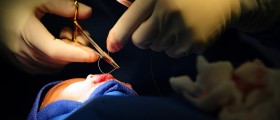


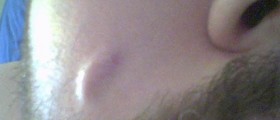
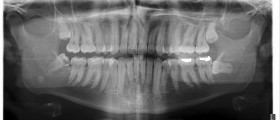
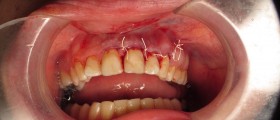






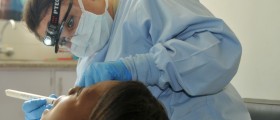
Your thoughts on this
Loading...